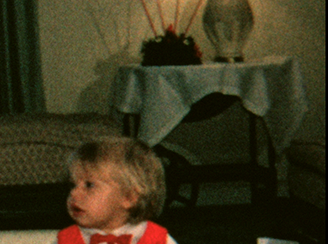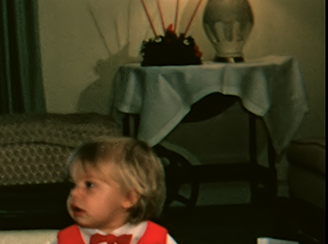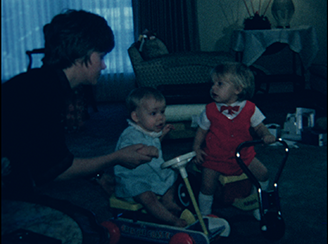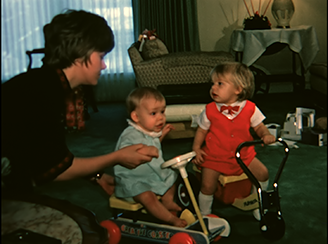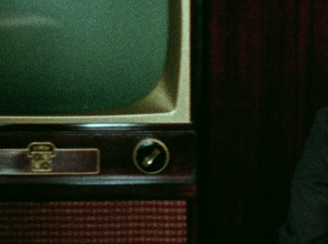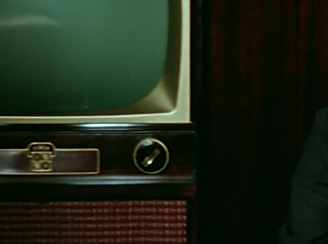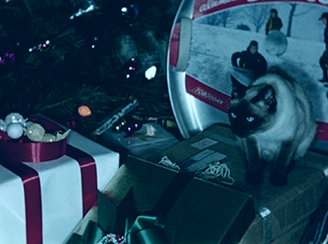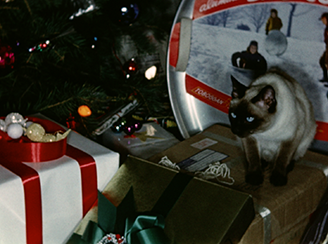
Pro Hollywood Restoration Garland
We offer 3 restoration options. Color Correction, Grain Elimination and Stabilization Technology.
About 90% of our Garland customers want the color correction and about 75% do the grain elimination. We do also offer image stabilization. It adds a nice touch to those old home movies.
Color correction is very important for amateur film because we will be able to recover more footage that was shot too dark or has darkened as part of the aging process. The scanner monitors the light and color balance and will change it based on pre-determined algorithms. This means it will pump more light through film that is dark and it will back off on film that is too bright. This will allow us to recover footage that would normally be too dark or too light. In addition, after the scan, an editor will go through the footage looking at skin tone and things like the color of the sky to order to make sure it looks correct. You can see in the examples below how much better the images look with our 2 pass color correction.
Grain is on all film. Look at the "Before" picture below compared to the "After" picture. These little dots muddy up the image and take away from the content you care most about. Now, look at the After picture on the right. This is what you really want to see. We do recommend Grain Elimination on all film for our Garland customers.
Most amateur films have some stabilization issues just because of the way the film was shot. But, most people are used to seeing this on old movie film (See example video clip below). So, we see stabilization as a nice to have but not required. If you can afford to do it then we would recommend it. If it pushes you outside your budget then we would just recommend the Grain Elimination technology.
Super 8 Film Examples Garland
|
|
Before |
After |
|
|
|
|
Before |
After |
16mm Film Examples
|
|
Before |
After |
|
|
|
|
16mm Before |
16mm After |
Garland Fun Facts: By the mid-20th century, Garland has begun transforming itself from an agricultural town to an industrial one, as new industries became attracted by the city's resources. Production during World War II gave the city a large economic and population boost, and during the latter half of the 20th-century the city focused on developing its available land area around its diversified industrial base. Garland today is one of the state's larger cities, yet retains the character of a small family town. Garland is a Texas city in the Dallas-Fort Worth Metropolitan area.
Texas Fun Facts: to join the union in 1845. Spanish missionaries were the first European settlers in Texas, founding San Antonio in 1718. Hostile natives and isolation from other Spanish colonies kept Texas sparsely populated until following the Revolutionary War and the War of Mexican Independence, when the newly established Mexican government began to allow settlers from the U.S. to claim land there.




